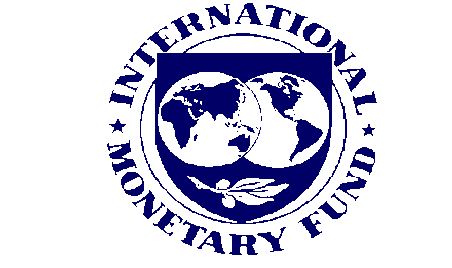
 29\11\2016 – The demands on monetary and exchange rate regimes in CESEE have evolved, in line with the region’s development. In the 1990s, the immediate challenge was to rein in excessive inflation following transition, and to establish basic monetary order. These objectives have been achieved, owing largely to successful exchange rate–based stabilization. With this accomplished, the focus has shifted to cyclical monetary management, and to appropriately managing monetary conditions during CESEE’s growth and income convergence to the euro area. Flexible exchange rates—and the ensuing capacity of monetary conditions to adapt to the economies’ needs—are likely to remain advantages, especially to extent that CESEE’s GDP and income levels will resume convergence to the euro area. Once this process restarts, tighter monetary conditions will again be needed to limit goods and asset price inflation, and to contain growth imbalances.
29\11\2016 – The demands on monetary and exchange rate regimes in CESEE have evolved, in line with the region’s development. In the 1990s, the immediate challenge was to rein in excessive inflation following transition, and to establish basic monetary order. These objectives have been achieved, owing largely to successful exchange rate–based stabilization. With this accomplished, the focus has shifted to cyclical monetary management, and to appropriately managing monetary conditions during CESEE’s growth and income convergence to the euro area. Flexible exchange rates—and the ensuing capacity of monetary conditions to adapt to the economies’ needs—are likely to remain advantages, especially to extent that CESEE’s GDP and income levels will resume convergence to the euro area. Once this process restarts, tighter monetary conditions will again be needed to limit goods and asset price inflation, and to contain growth imbalances.
c.s. IMF





